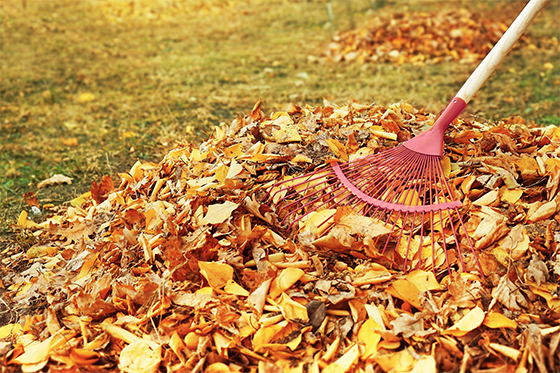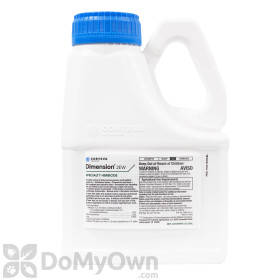
As the weather cools and the leaves begin to drop, most homeowners think their lawn care responsibilities for the year are complete. After all, the grass may soon go dormant and stop growing, so there's no need to continue working on the lawn, right? Wrong.
The fall is the perfect time to prepare your yard both for winter and the upcoming spring. Believe it or not, your actions in September, October, and November can help prevent weeds and improve the health of your lawn for the spring.
Read below for our top fall lawn care tips.
Remove Leaves

While they're fun to step on and pretty to look at, fallen leaves can promote disease growth in your lawn by trapping moisture and preventing air flow and sunlight from reaching the lawn's soil. Rake up leaves as they fall and add to your compost pile or place them in approved lawn bags for proper removal.
Test Your Soil's Nutrients

The fall is the perfect time to perform an at-home soil test. The results of your test will let you know which nutrients your soil is lacking and suggest fertilizers to use. Learn more about at-home soil tests here.
Products needed for 2
Apply Fertilizer

Once you know the results of your at-home soil test, applying fertilizer will increase the nutrients and health of your soil. Applying in the fall will allow the soil time to absorb the nutrients so that it is ready to grow and nurture grass roots in the spring. Learn more about fertilizing here.
Products needed for 3
Overseed Cool Season Lawns

Cool season turfs like Kentucky Bluegrass, ryegrass, and fescue will grow during the fall and winter. These grasses can often be thinner than warm season turfs, which results in bare spots and room for weeds to grow. By overseeding (applying new grass seed) in the fall, you will allow the new seed time to grow and fill in bare spots. It also improves the overall health and strength of the lawn. Explore our selection of cool season grass seed here.
Products needed for 4
Apply a Pre-Emergent Herbicide

Pre-emergent herbicides prevent weeds from growing above ground. Many homeowners like to apply one pre-emergent treatment in the early spring and one in the early to mid-fall to keep weeds out of the lawn. We recommend applying split applications (two different applications per season) in both the fall and spring to extend the coverage of the pre-emergent herbicide. A treatment in the fall will help prevent winter and spring weeds. Learn more about fall pre-emergent herbicides here.
Pro Tip
Do not apply a fall pre-emergent herbicide in the fall if you plan on overseeding, as the pre-emergent may prevent the new grass seed from germinating and growing.
Products needed for 5
Continue to Mow and Water Until Dormancy

Until your lawn goes dormant, it continues to need water and to be mowed, even as the temperatures drop. Also, by keeping the lawn short, you will help prevent winter fungi and disease.
Check out DoMyOwn's Lawn Care Schedules for a month-by-month breakdown of lawn maintenance tasks. If you have any questions about fall lawn maintenance, give our customer service team a call at 866-581-7378 or email [email protected].

















